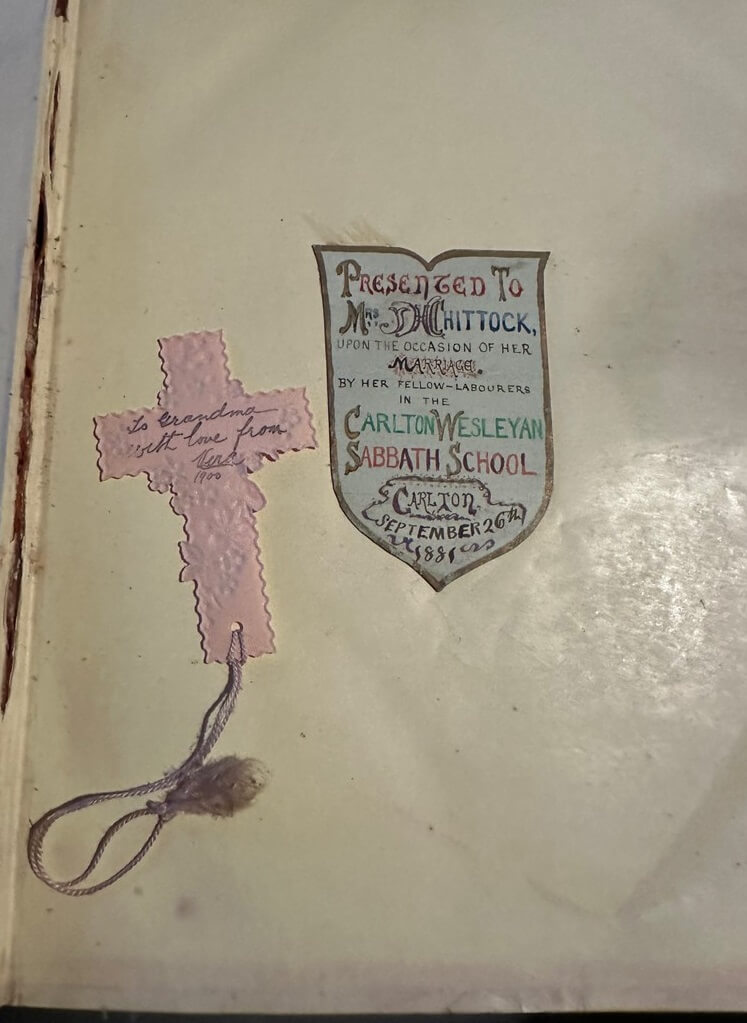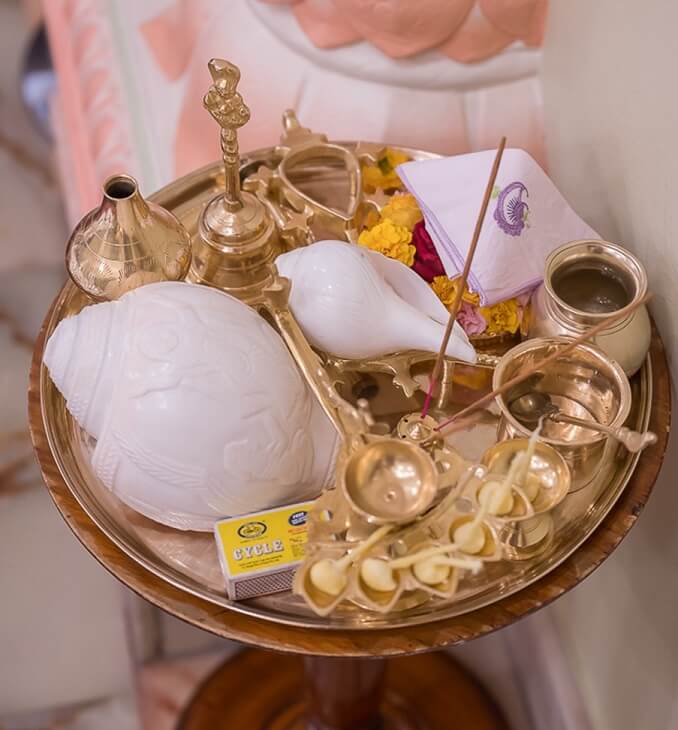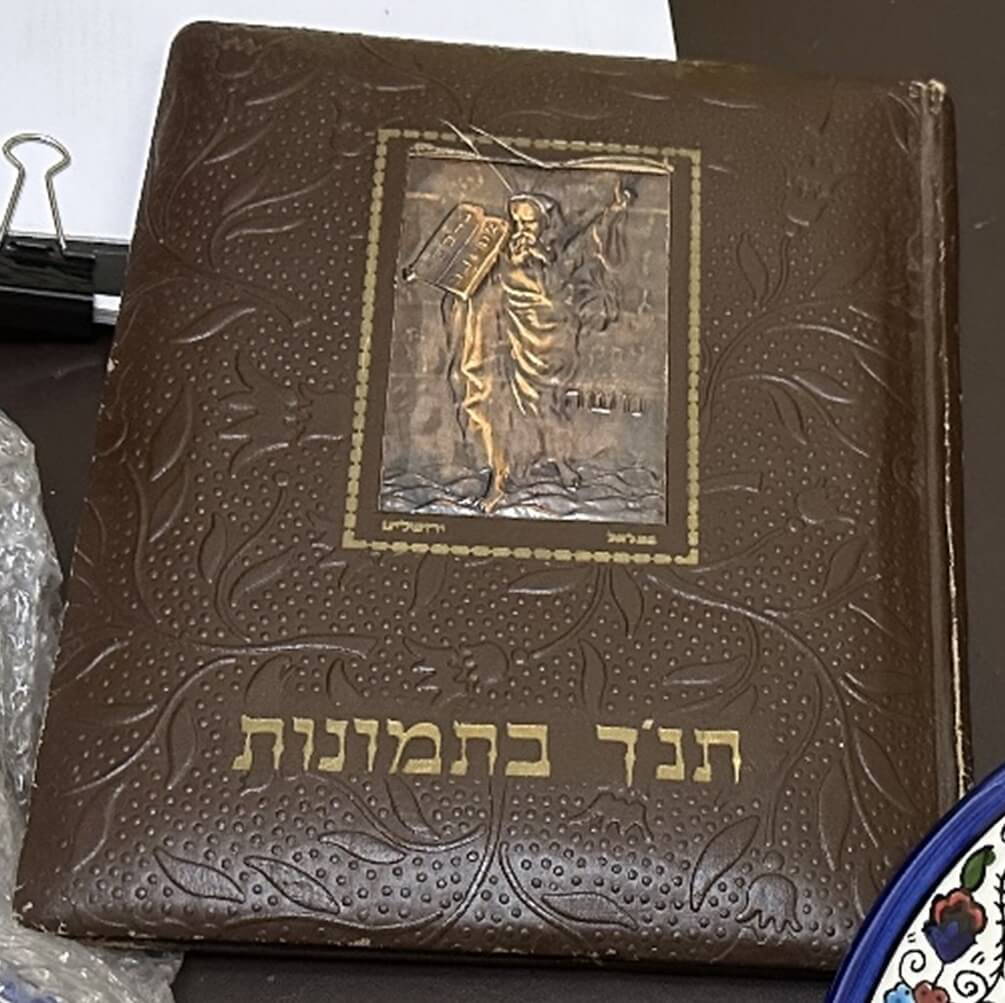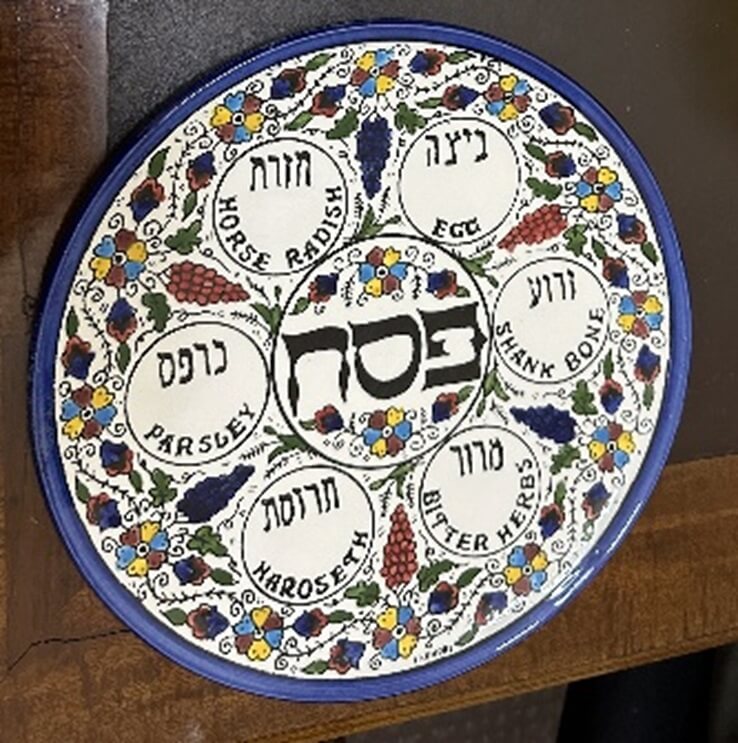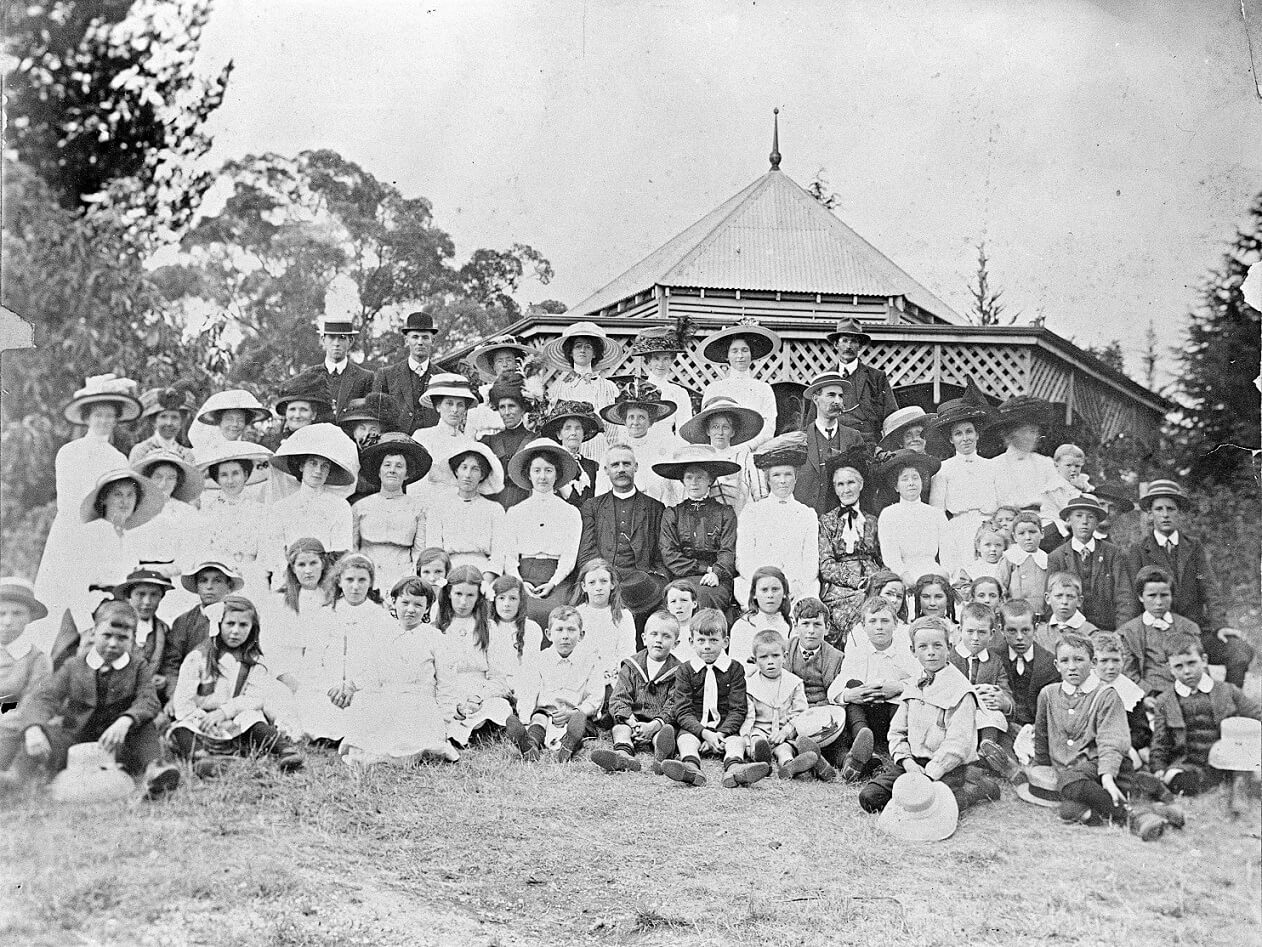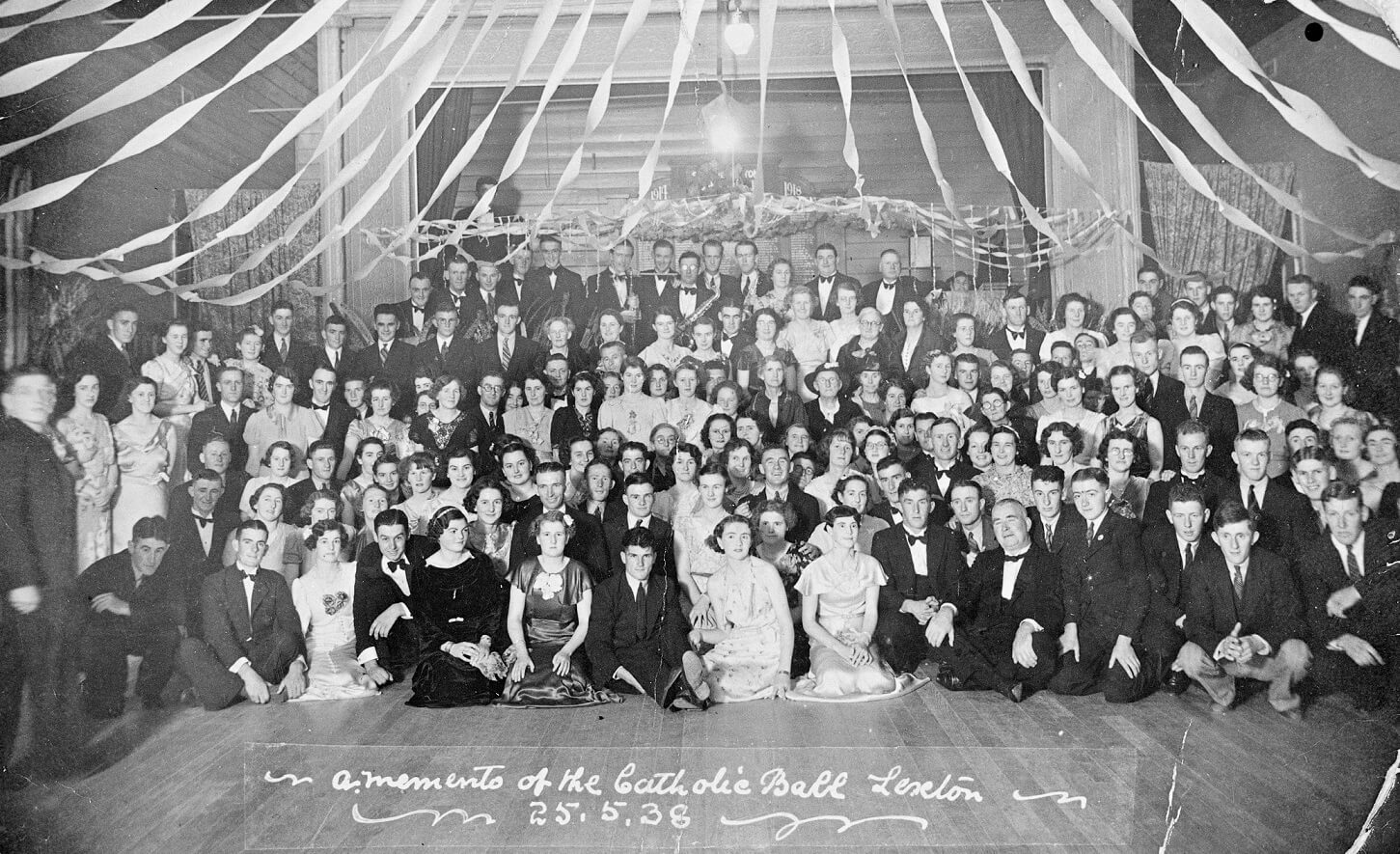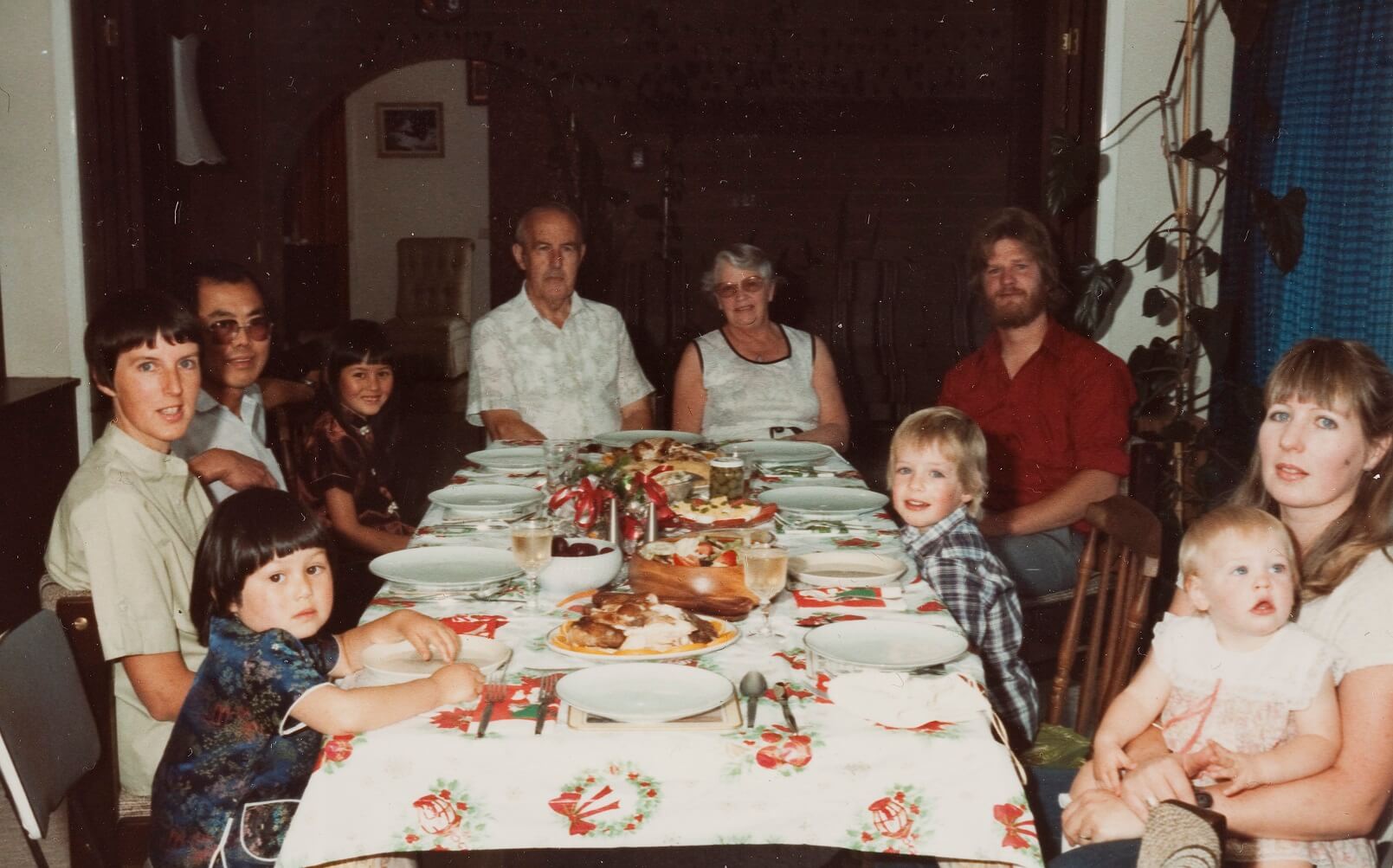Faith was an important part of family life for many Victorians in the past. Christianity was the dominant religion until the late-twentieth century, although Judaism, Islam and Buddhism also have a long history in our community. More recently, Victoria’s multicultural society has seen greater diversity, with a wide variety of rituals celebrated by communities of faith.
Church attendance was an important weekly ritual for many families in the past and the church was often the catalyst for other social activity. Until at least the 1960s the Christian community was deeply divided between Catholics and Protestants. This division permeated all aspects of family and social life, from schooling and socializing to marriage. Families of both denominations often opposed so-called ‘mixed marriages’, although this is rarely important now.
Families of all faiths have used objects to express their beliefs and to instruct their children. Christian families often prized the family Bible. Sometimes it was the only book a family owned, and it was often used to record family milestones — births, deaths, and marriages. Many family rituals and celebrations have followed a religious calendar — Christmas and
Easter, Passover, Ramadan, New Year, Diwali and others. Each of these involved special objects with symbolic significance. For immigrant families in particular, such festivals and ceremonies help to preserve links with each other and with their past.
Bible, used by the Chittock family, from 1881
Private collection
This Bible was presented to Sarah Ann Humphries on her marriage to Joseph Chittock in September 1881, ‘by her fellow-labourers in the Carlton Wesleyan Sabbath School’. It was well-used, also acting as an unofficial record of family births, deaths, and marriages, including the birth of her own five children. The Chittocks lived for many years at Yarrawonga, where Joseph helped establish the Methodist church. He was a painter-decorator by trade, and later a farmer, but also Superintendent of the Sabbath School and an active lay preacher.
Arti tray for worship
The Hari Krishna Temple, Iskcon
Most Hindu families have a shrine for home worship. This will contain pictures or small statues of the family’s kula-deva, the deity they have traditionally venerated. The objects shown here are used in the arti ceremony, during which offerings of flame and flowers and food and drink are made to the gods.
Families will usually make the arti offerings once or twice daily, often early in the morning. The worshipper rotates the offerings in clockwise circles before the shrine, at the same time thinking about the divine presence. Children are encouraged to make their own offerings.
Haggadah, seder plate and matzos (or matzah) for the Passover Seder.
Courtesy Suzanne and Maurice Chilton, Melbourne
The Seder meal, held on the first two nights of Passover, is probably the most celebrated and beloved of Jewish home rituals. It commemorates the flight of the Israelites from enslavement by the Egyptian Pharaoh as recorded in the Hebrew Bible.
The Haggadah is read aloud during the Passover Seder and includes various prayers, blessings, rituals, songs and information for how the seder should be performed. Passover Seder plates feature a range of symbolic foods that assist in the retelling of the Exodus story.
Extended Bunting family at Christmas dinner, Dandenong North, 1983
Reproduced courtesy Museums Victoria
Christmas is an important family festival for many Victorians and often brings families together. Many cook special dishes for the occasion. Here Shirley and Robert Bunting were joined by their children and grandchildren from the Soo and Johns families.

